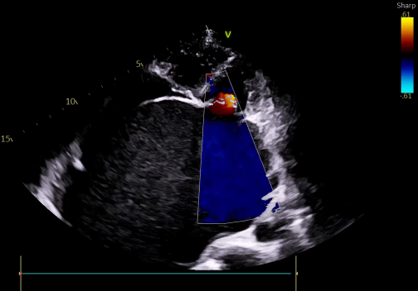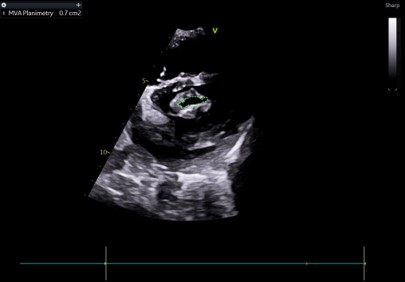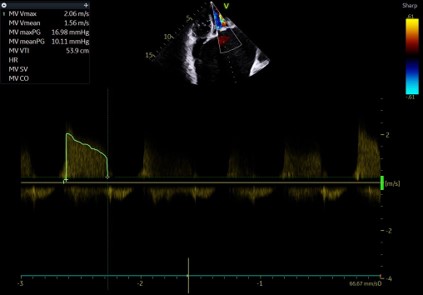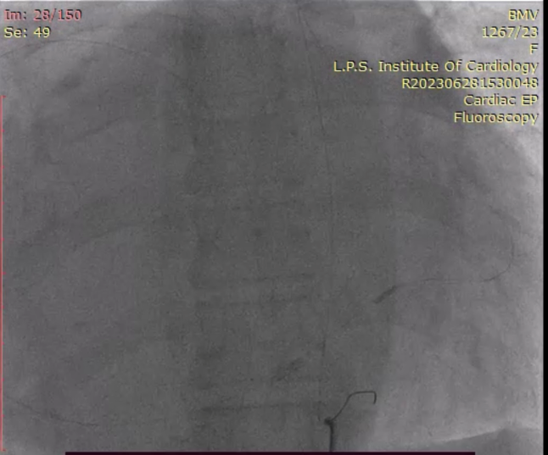Lots of interesting abstracts and cases were submitted for TCTAP 2024. Below are the accepted ones after a thorough review by our official reviewers. Don’t miss the opportunity to expand your knowledge and interact with authors as well as virtual participants by sharing your opinion in the comment section!
TCTAP C-221
Percutaneous Trans- Mitral Commissurotomy in a Patient With Giant Left Atrium - Tips and Tricks
By Mukesh Jitendra Jha
Presenter
Mukesh Jha Jha
Authors
Mukesh Jitendra Jha1
Affiliation
LPS Institute of Cardiology, India1,
View Study Report
TCTAP C-221
Structural - Other Structural Interventions
Percutaneous Trans- Mitral Commissurotomy in a Patient With Giant Left Atrium - Tips and Tricks
Mukesh Jitendra Jha1
LPS Institute of Cardiology, India1,
Clinical Information
Patient initials or Identifier Number
Relevant Clinical History and Physical Exam
40 years female presented with h/o Dyspnea NYHA class III2 D echo was done suggestive of severe mitral stenosis with mild Mitral regurgitation with MVA-0.6 sq.cmWilkins score was favorable with score of 8/16 Echo & CT was suggestive of giant LA size measuring 13cm in diameter






Relevant Test Results Prior to Catheterization
2D echo & Cardiac CT






Relevant Catheterization Findings
Interventional Management
Procedural Step
The septal puncture point was chosen more caudal than usual & the distal curve of the puncture needle was made sharper.Once the Inoue balloon was introduced into LA, the stylet was rotated in a clockwise fashion to create a reverse loop.The balloon was gradually pushed further to bring it close to MV. 0.014´´ coronary wire was introduced into the left ventricle (LV) and advanced as deep as into the aorta through the aortic valve.It was snared to make a veno-arterial loop over which Inoue balloon was tracked. Once into LV, the distal part was inflated and gradually withdrawn to lock it against MV and straighten the loop. The balloon was gradually advanced over the wire into LV across stenosed MV






Case Summary
Patients with giant LA present a challenging anatomic substrate for PTMC.The septal puncture should be done more caudal with TEE guidance whenever feasible.Among patients with giant LA, reverse loop with wire-assisted tracking and snare-assisted delivery is quite a useful, effective, and safe technique.Alternatively, an arteriovenous loop may be created using a 0.035" Terumo glide wire to assist the PTMC balloon to track across Mitral valve

